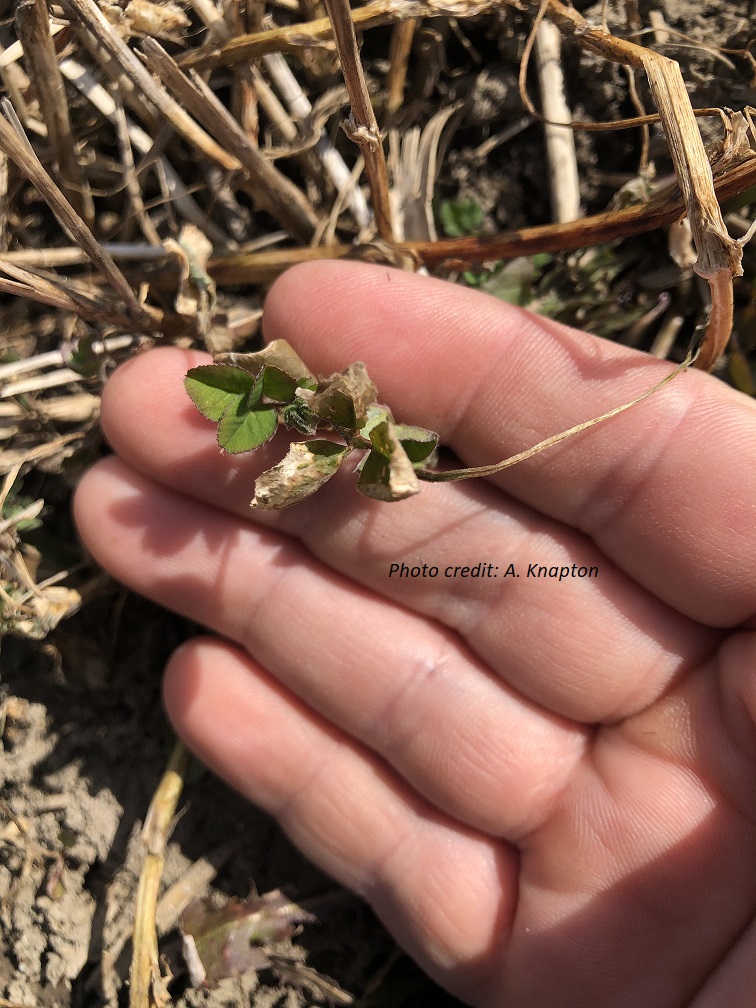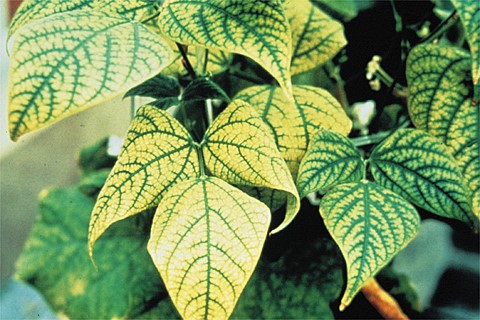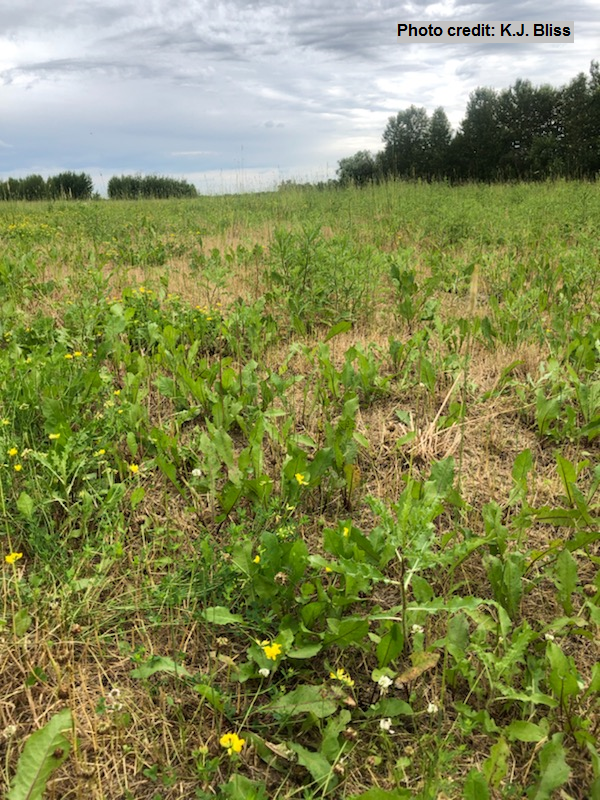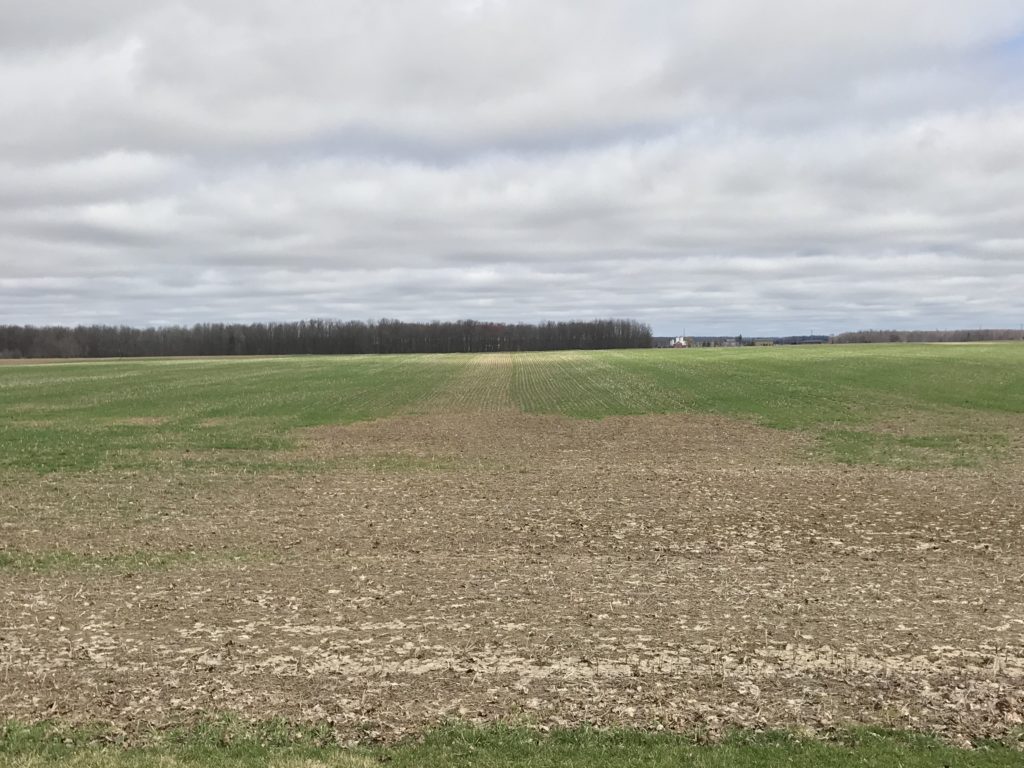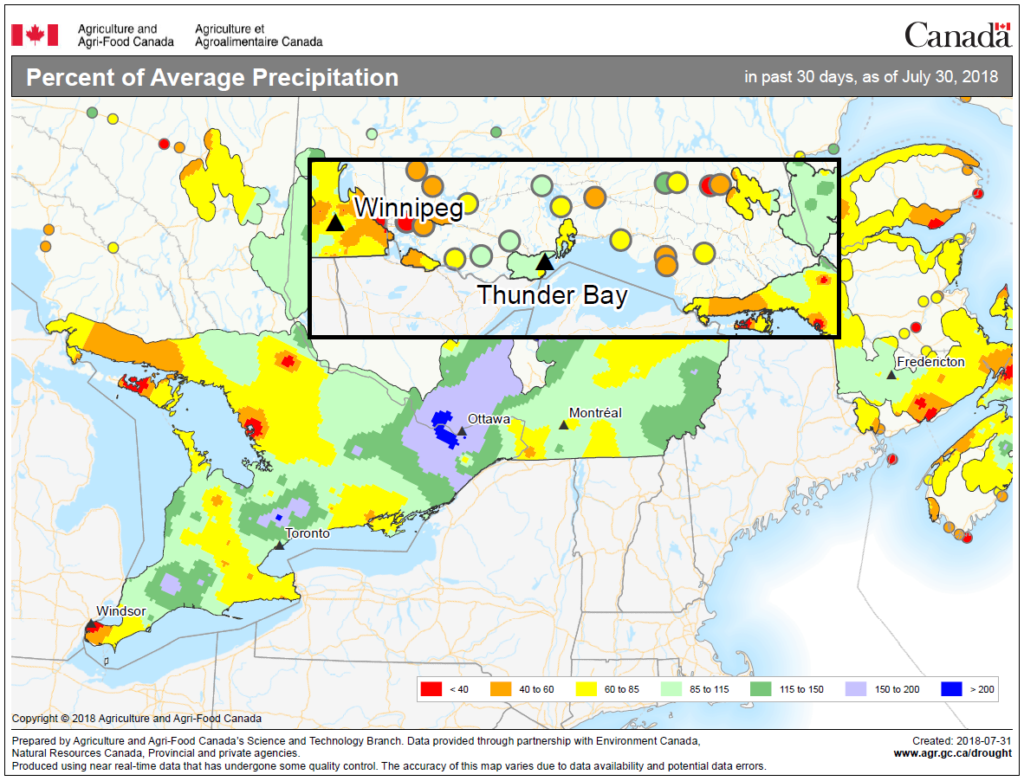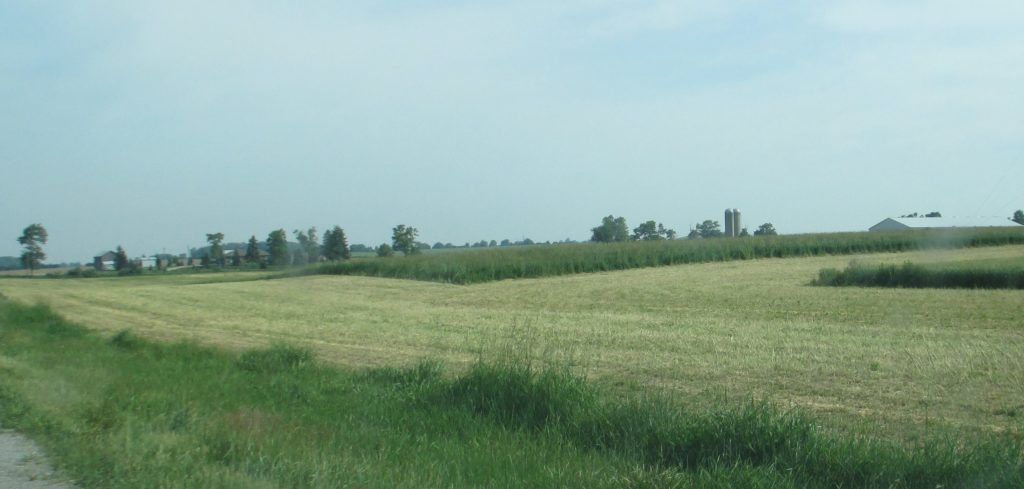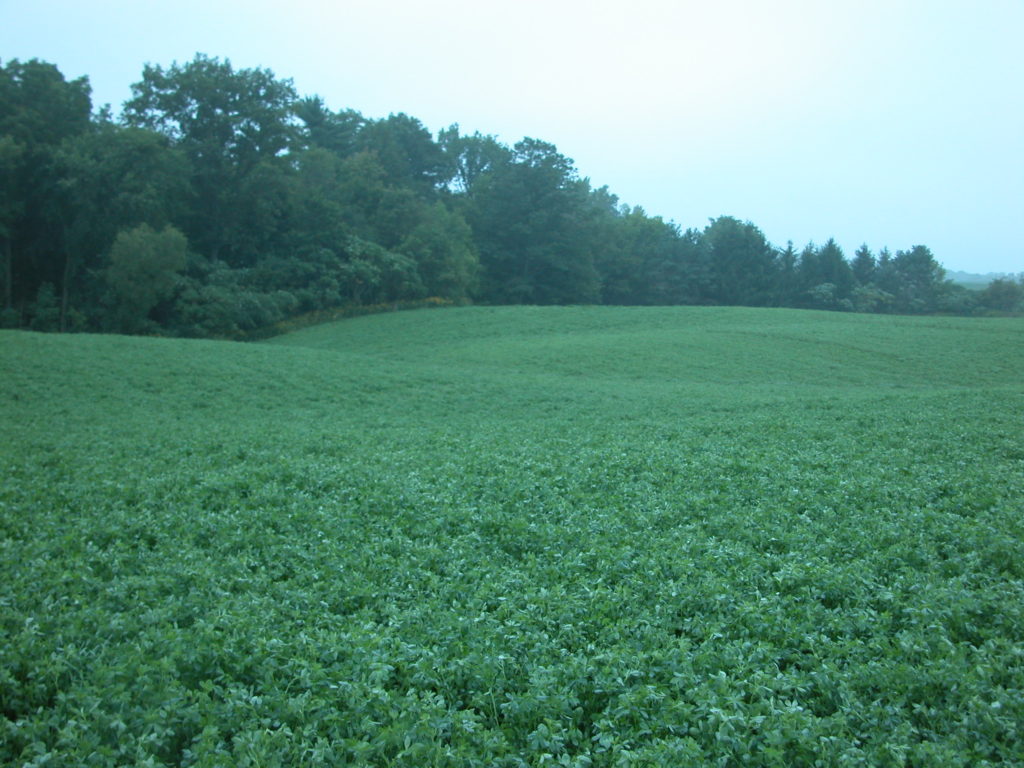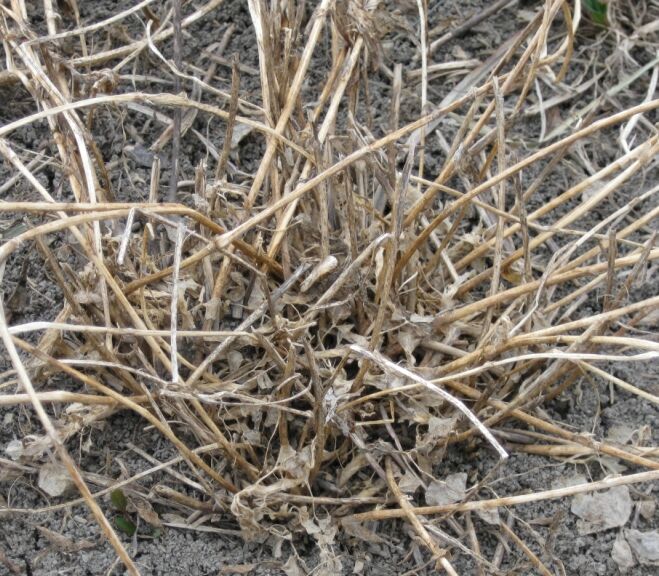Fall Rest Period for Alfalfa
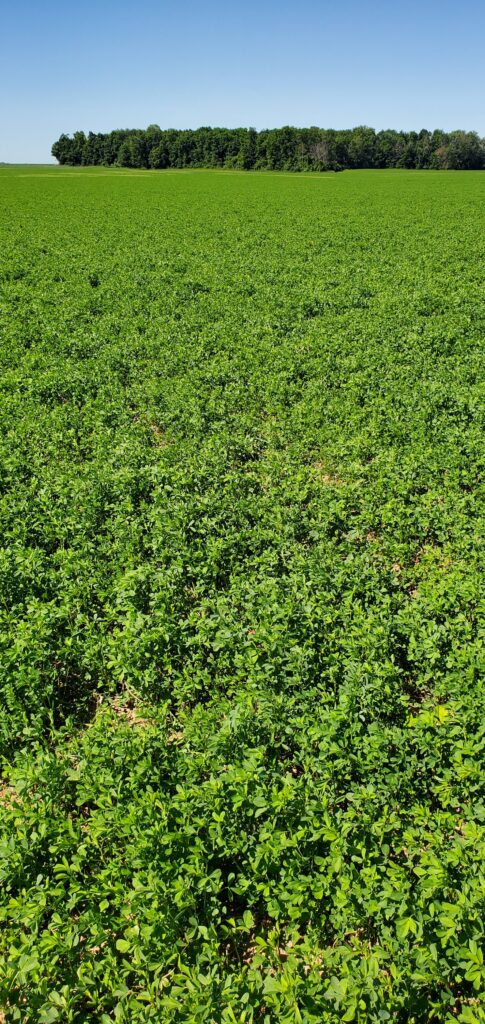
Key Points When is the fall rest period? The fall rest period (sometimes called “critical fall harvest period”) for alfalfa is 450 growing degree days, base 5°C — or approximately 6-weeks — before the average date of the first killing frost (-4°C for several hours), when alfalfa stops growing. Not cutting during this period allows […]

